
Urushi-gawa (Japanese for “lacquered leather”) is a traditional craft that consists of lacquering tanned deer leather and using them as accessories or armor. Various types of urushi-gawa exist, from leather completely hardened with lacquer to leather with detailed patterns drawn on them using paper patterns.
The history of urushi-gawa spans all the way back to the Nara period. A pochette made over 1,300 years ago that was discovered at the Mitsuzuka Kofungun in Nara Prefecture is considered to be the oldest existing form of urushi-gawa, and several rare items made with the same lacquered technique are on display at the Shosoin Repository, also located in Nara Prefecture.


Fabric used for the 0117203003056-9 INDEN WALLET Series. The Kyon leather (grain leather) was lacquered using hand-carved tanned paper.
The highest quality material among urushi-gawa is a small piece of soft deer leather referred to as “Kyon.” Kyon (known in the West as the Reeves’s muntjac) is a species of deer that is classified as a member of the Muntiacus reevesi genus, and is known as the smallest species of deer known in the world.
Kyon leather is known for its extremely fine and soft texture and is commonly used as chamois leather for maintaining musical instruments, camera lenses, antiques and swords, as well as materials for beauty supplies. Due to its fine texture, it was also originally used for filtering water, and it is said that this is where the Japanese character for “strain” was derived from.
The town of Utano located in Uda District, Nara Prefecture has long flourished as the center of fur production in Japan. The area is especially renowned for its processing techniques and quality of Kyon leather, and most of the raw hides and skins lacquered with the urushi-gawa (Inden) method are produced in this region. Kasuga Co., Ltd. was established in this area in 1955 and conducts everything from the importing to the tanning, processing, and finishing of raw hides and skins to produce high quality leather fabrics and products based on traditional techniques and methods.

Production process of Kyon leather
Raw hides and skins
The Kyon leather that is delivered in a dry state is imported from the red soil area of Jiangxi in China.
The Kyon from this region also inhabit Japan, but the skin of the Kyon who grow up in the red soil areas, which contain a high degree of salinity concentration, is considered to be the highest quality due to its extremely fine and soft texture.


Tanning
The dried leather that is imported is placed back into a cylindrical drum container to return it back to its soft state and the excess oil, fat and skin is stripped away from both sides.
Afterwards, the leather is transferred to a different barrel and tanned for two days. The tanning agent that is used is chromium-free and contains the same substances of tanning agents used for brain tanning leather.


Selection of leather
Both surfaces (grain leather and carding leather) of the leather are sliced according to the width required for the application. The fineness of the texture varies significantly between the grain leather and carding leather, with a difference in value of 8:2 between the former and latter.
Kyon are very small and often have many injury wounds, so the number of high quality grain leather is extremely limited. The “0117202002001 SKAGWAY LO-FOLK LACQUER” and “0117203003056 INDEN WALLET” from the FW17 collection are made completely with grain leather.


Ironing
This process consists of using a high-temperature iron to smoothen the surface of the leather. The unnecessary horny layer is removed to make the lacquer easier to absorb through the leather.
This process is applied only to the valuable grain leather side, and takes a lot of time to complete. A veteran craftsman can complete about 30 layers of leather per day.



Fumigation
The leather is fumigated using the smoke generated from burning straw. This is an extremely important process for increasing the performance of the deer leather, to enhance durability and promote the insect repelling effects.
Craftsmen cannot use goggles and masks to confirm the color and smell of the leather, so they must endure three hours of leather fumigation in an enclosed room to prevent smoke from getting out.

From left to right: 0117203003056 INDEN WALLET/BLACK, 0117203003057 INDEN WALLET L/OFF WHITE, 0117203003058 INDEN BI-FOLD/WHITE, 0117203003059 INDEN LONG WALLET/BROWN.

Urushi (Lacquer)
The lacquer contains high moisture retention and features a moist and fluffy look even after it is dried. The finished lacquer offers a comfortable texture that is nice to touch and features beautiful reflections and hues that appear when light shines onto it.
When using it for tableware, the lacquer is light and does not transmit heat. One of the main characteristics of the lacquer is that not only is it functional and beautiful to look at, it contains natural elements that are not found in other paint coatings.


“Japanese lacquer,” which it is commonly referred to as in the West, is a natural resin paint that is made by processing tree sap obtained from the Urushi tree (Rhus verniciflua). The sap is collected between the months of June and October each year by scratching the surface of a tree, which has been growing for over 10 years. The main component of the sap, “urushiol” slightly varies depending on the type of tree, and is called “laccol” and “thitsiol” in lacquer trees from Vietnam and Thailand, respectively.
“Urushiol” is the main component of lacquer from Japan and China. Approximately 150 grams, enough to fill up one milk bottle, can be obtained from a single tree. This extremely valuable sap is refined and made into lacquer.



The process of drying the natural lacquer is significantly different from other paints. An enzyme called laccase that is contained in the lacquer captures the oxygen from the air and hardens due to a chemical reaction of the oxidization and hardening of substances such as urushiol.
It is often said that “the temperature and humidity must be high to dry (harden) the lacquer,” but this is because the laccase enzyme is unable to capture the oxygen and move properly under environments with low temperatures or humidity.


Although it is a type of paint, lacquer cannot simply be applied and left to dry, and instead takes both a high degree of technique and effort. Once a thick layer of lacquer is applied it becomes difficult to harden and generates an uneven texture. So, a thin layer is applied then hardened and then reapplied repeatedly to create a beautiful and functional finish.
However, due to the difficulty in handling and changes in modern lifestyles, the production of lacquer has decreased significantly.
At Satokiyomatsu-Shoten, which was founded in 1921 and is located in Kita-ku, Kyoto, a new purification technique has been developed to create a type of lacquer that speeds up the drying process and offers high weather resistance to support various needs. In addition to preserving the traditional craft for a portion of people to enjoy, their mission is to revive the once-flourishing industry and give people the opportunity to enjoy using lacquered products in their everyday lives.

0117202002001 SKAGWAY LO-FOLK (URUSHI) Made by applying lacquer to the entire front surface of the Kyon leather (grain leather) and hardening.

0117205014003 SANJURO GI JKT IT (URUSHI/VEG SHRLNG) Made by applying lacquer to the entire front surface of vegetable-tanned lamb fur and hardening.

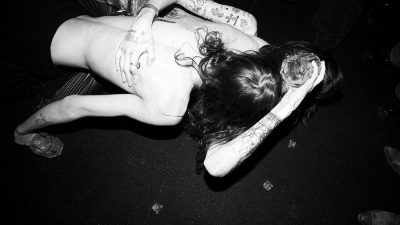
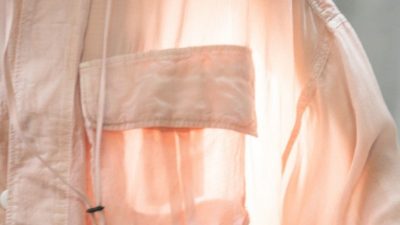
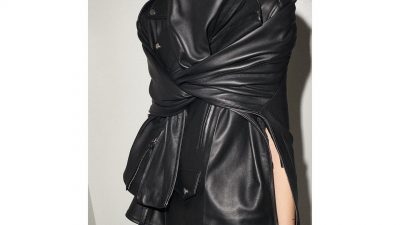
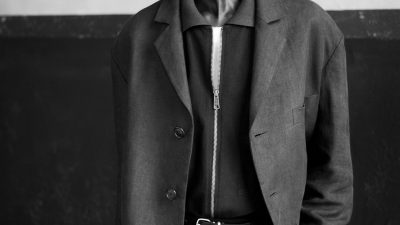

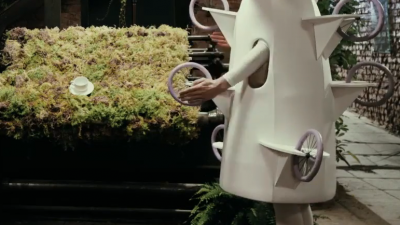
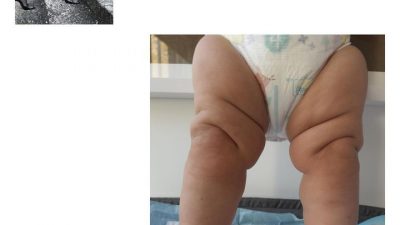
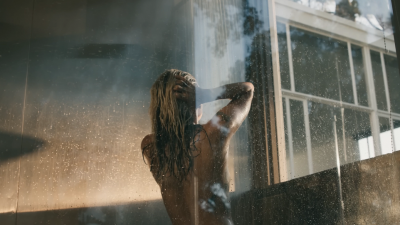
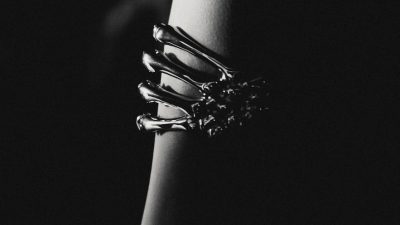
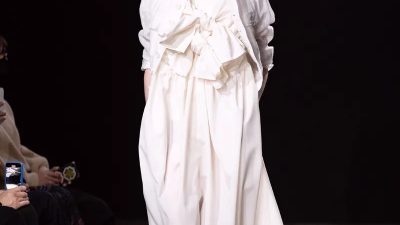
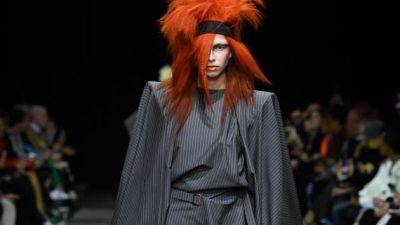
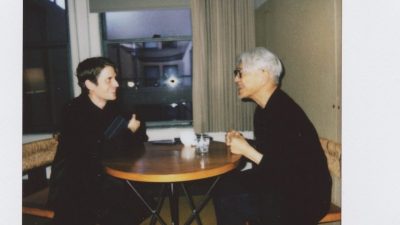
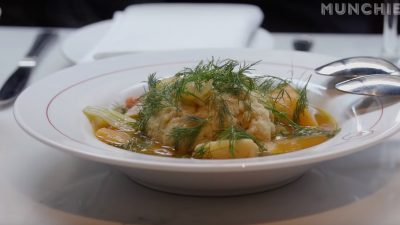
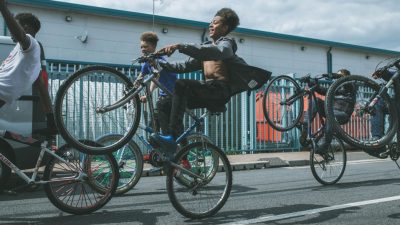
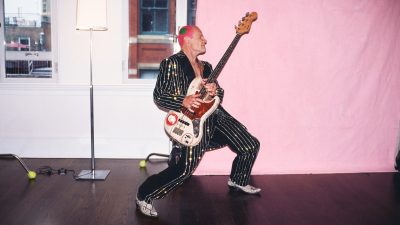
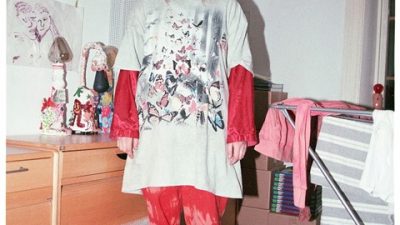
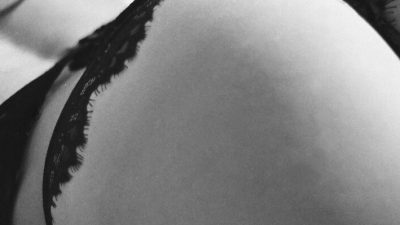
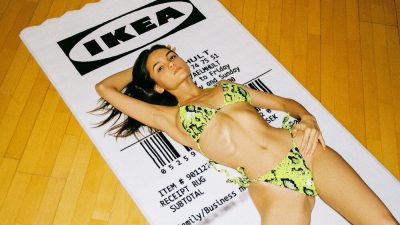
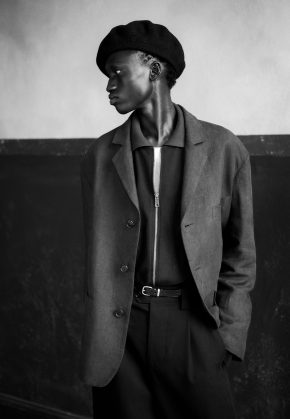
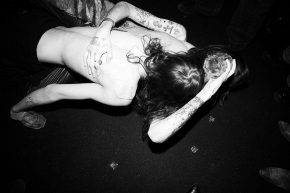
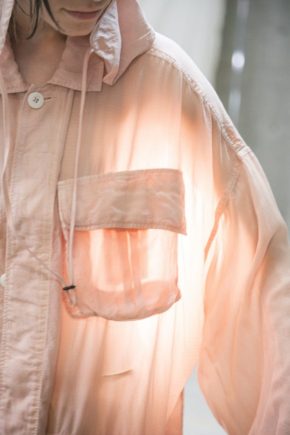
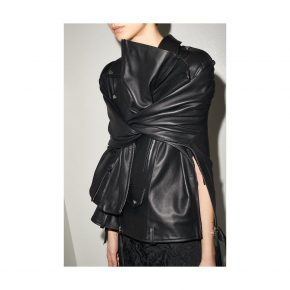
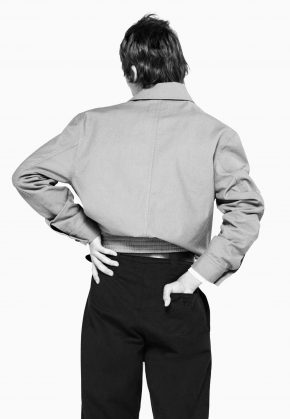
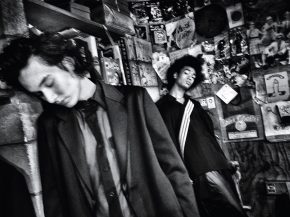
Comments